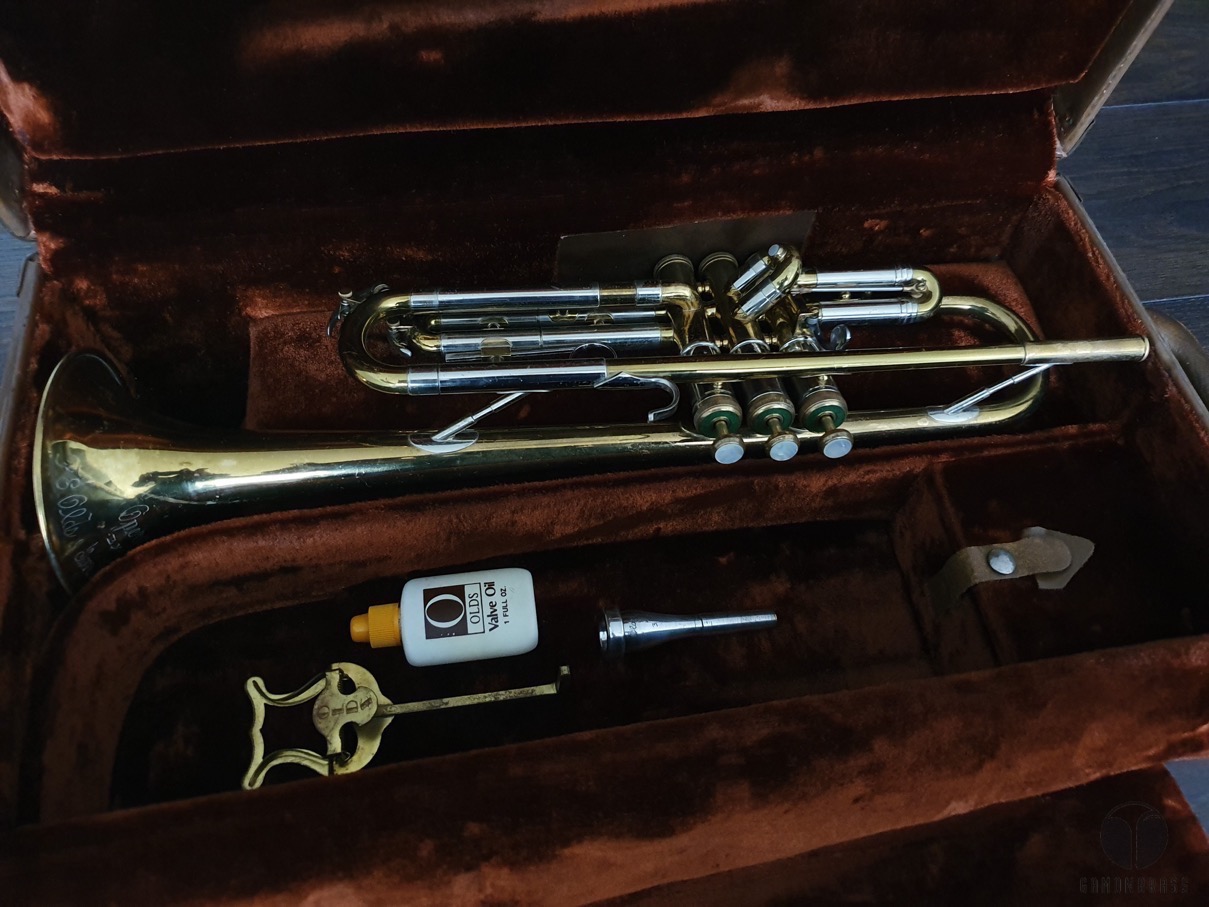
Never clean your valves with something abrasive, like wire wool, as this will scratch them and make them worse.

Responsive Nickel Plated Cornet for Open Sound complete with Shepards Crook Tube Flair.

With their hands on approach, Schiller band instruments achieve.
#OLDS CORNET VALVE CAP FREE#
This can often make a dramatic difference to your valves as it only takes a little bit of grime to make the valves bad. Authoritative projection Free Blowing Wide Tone Hard Case & Genuine Schiller Mouthpiece. Once cleaned, put the valves back and oil the valves as described before. It's normally best to have a cloth handy to rest them on. Don't rest the valve on a dirty surface, as it will pick up specks of grit. Again, you can do this dry with an old piece of sheet, making sure you don't leave any fluff behind. If you don't have a cleaning rod, you can push the cloth through with a pencil. You can then pull a cloth through the valve casing with a cleaning rod. Remove the valve and unscrew the bottom valve cap. You will also need to clean the inside of the valve casing too. You can do this dry with a cloth or a piece of clean old sheet. To clean your valves, you will have to take them completely out and give them a wipe with a cloth, wiping off all of the old oil. This is normally when your valves need a clean. Sometimes, no matter how much you oil your valves, they will continue to be spongey or stick. I recommend watching the video clip below. Carefully take your time and make sure the valve cap is on straight. On some trumpets, the valves can lock in back to front. If the trumpet is blocked, double check that the valve can't turn around and that the number on the valve is facing the mouthpiece. Before you screw the cap back on, blow through the trumpet to check that the air can still flow through it.

The number on the valve, which you can't see now, will be facing the mouthpiece.


 0 kommentar(er)
0 kommentar(er)
